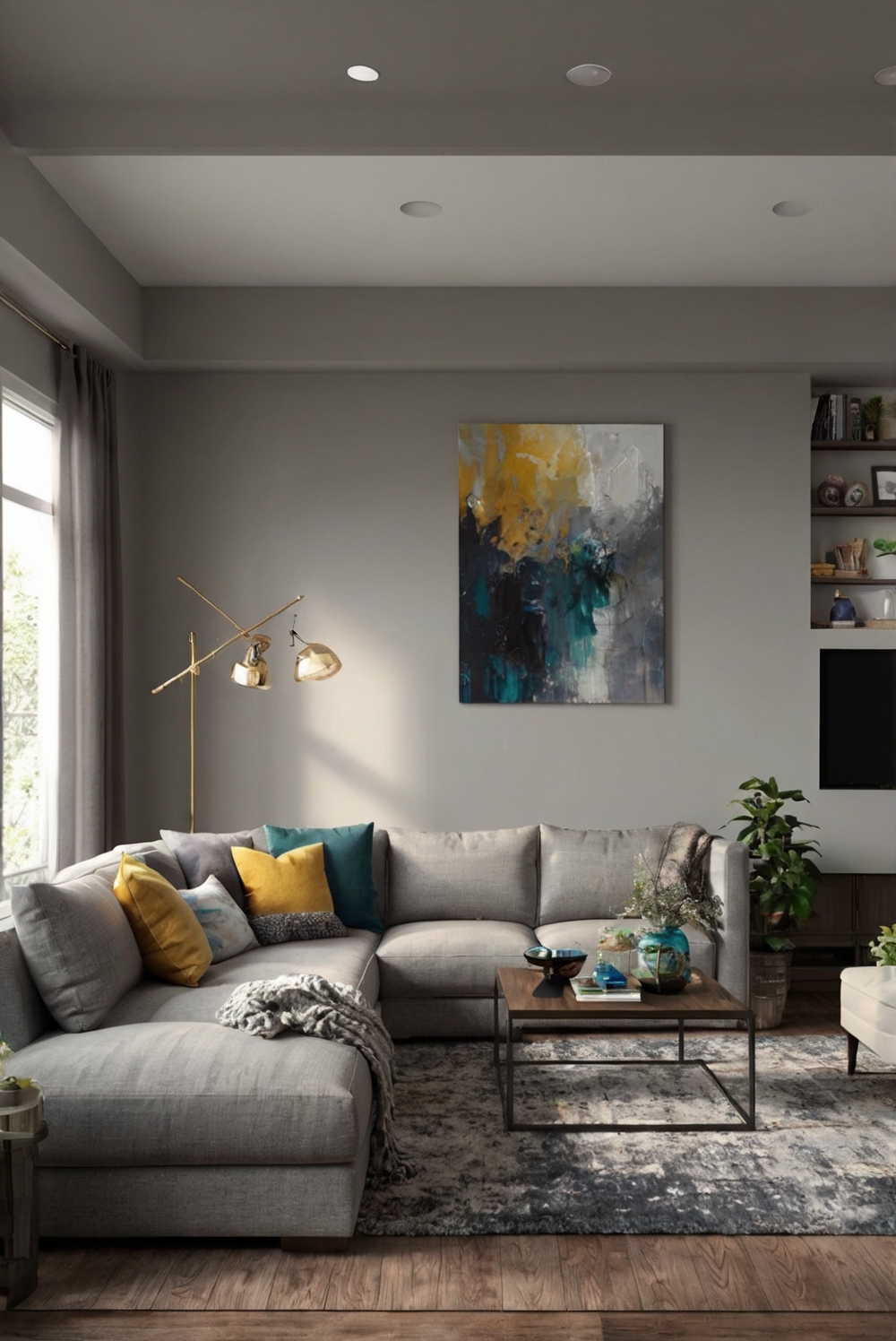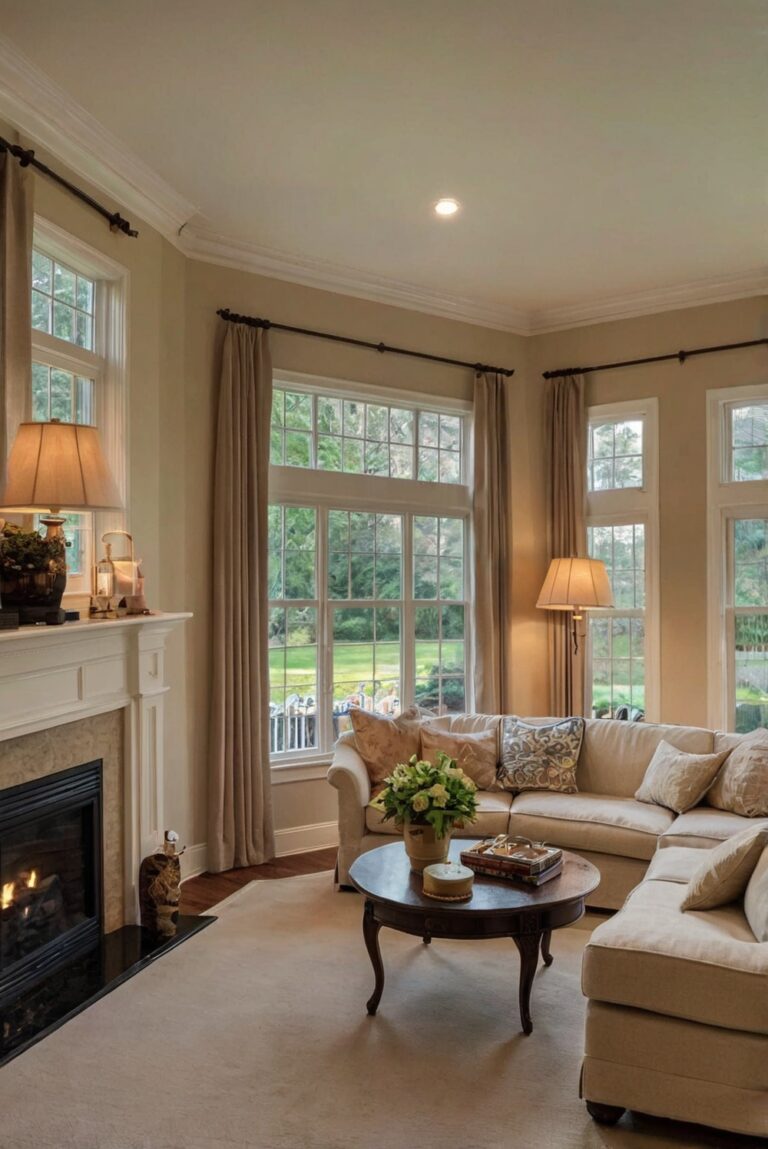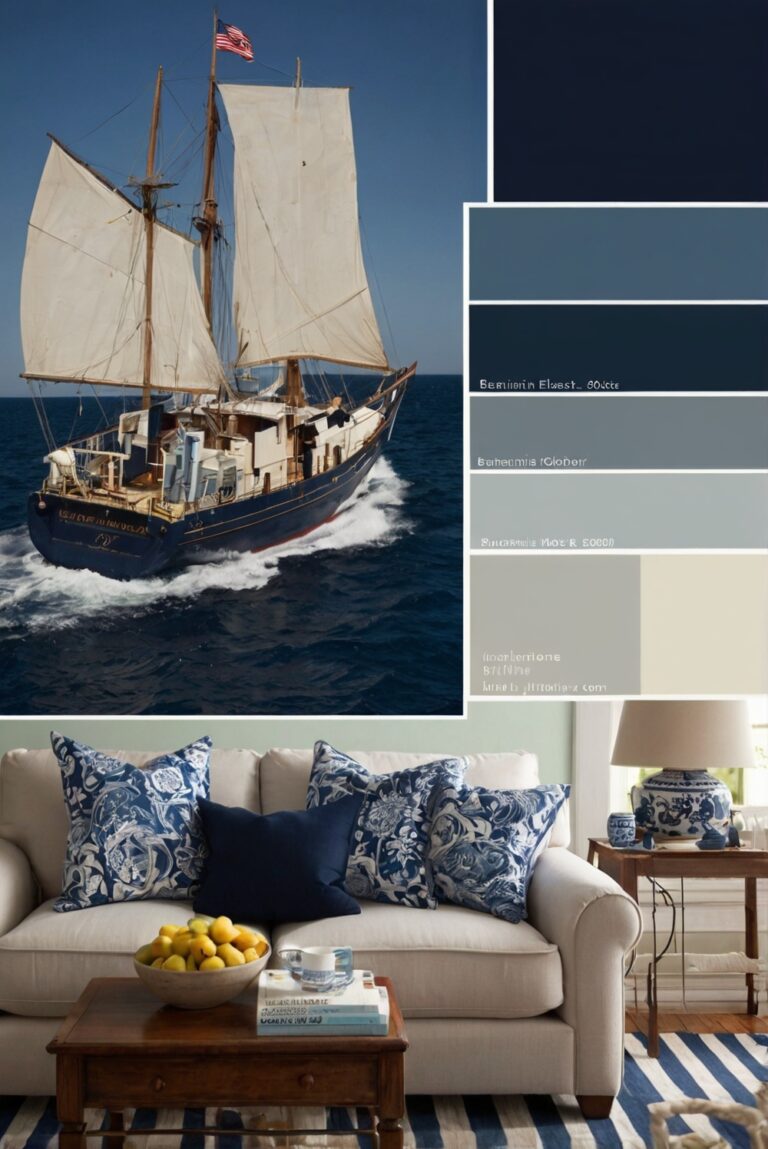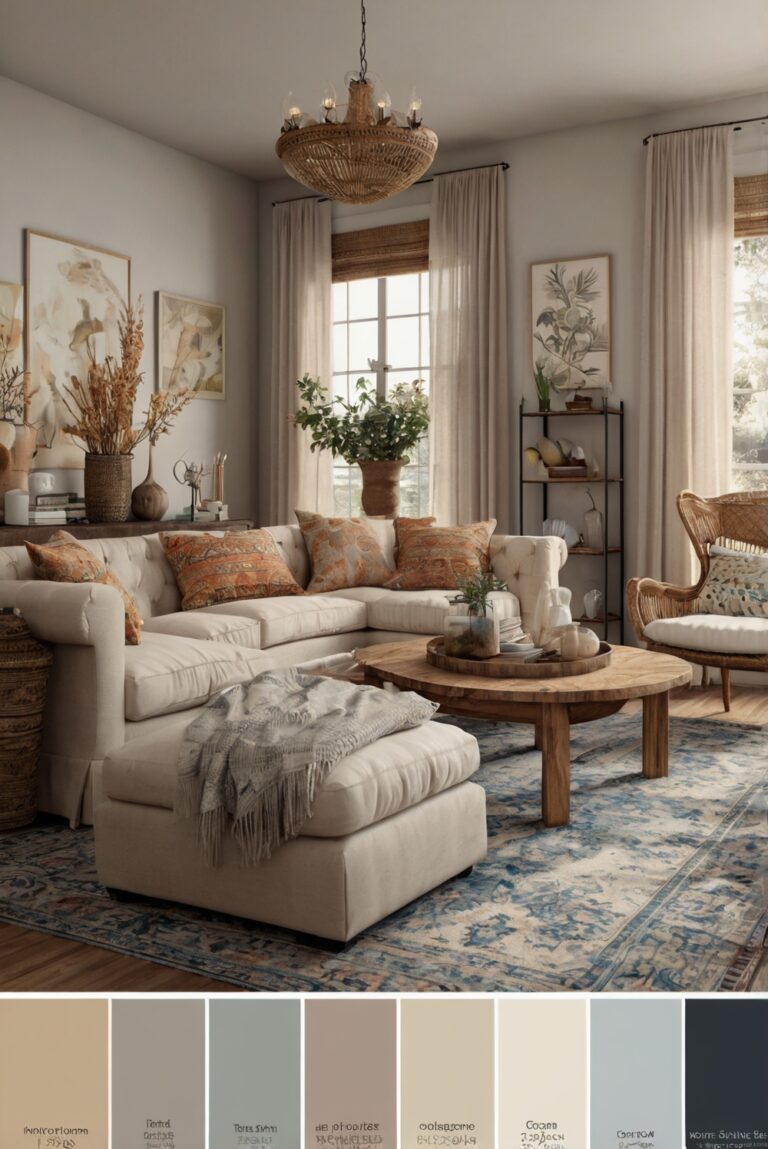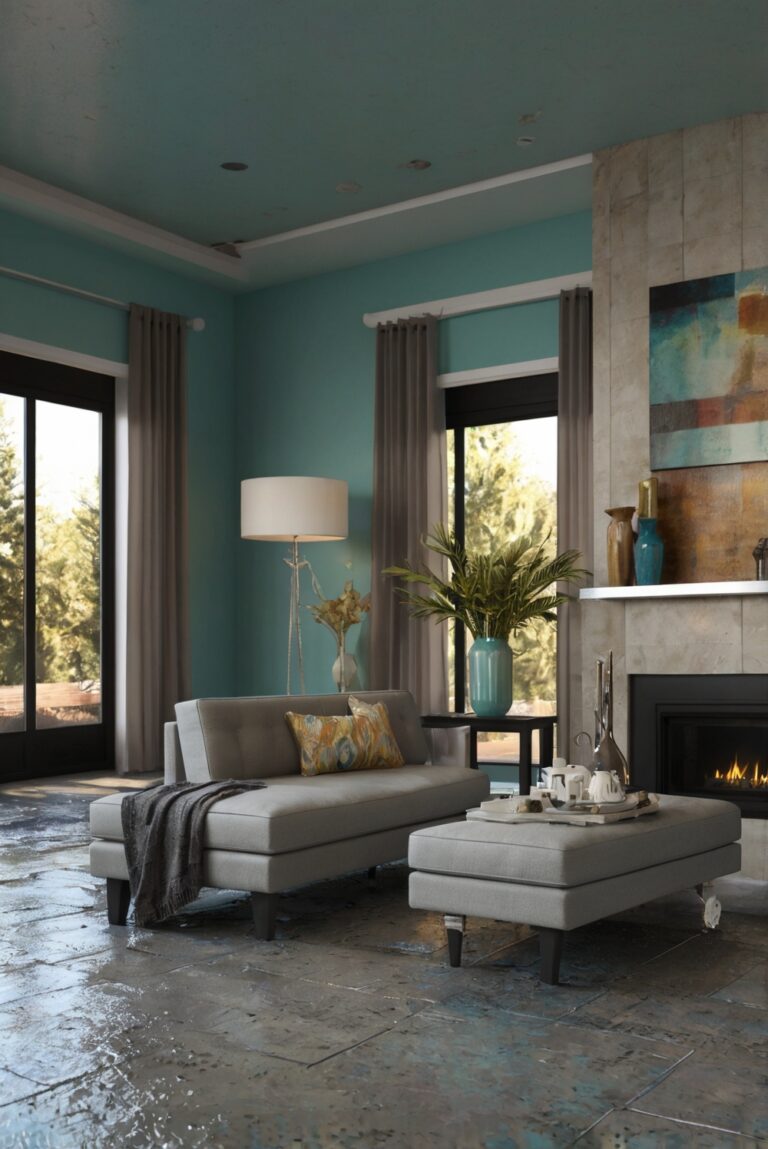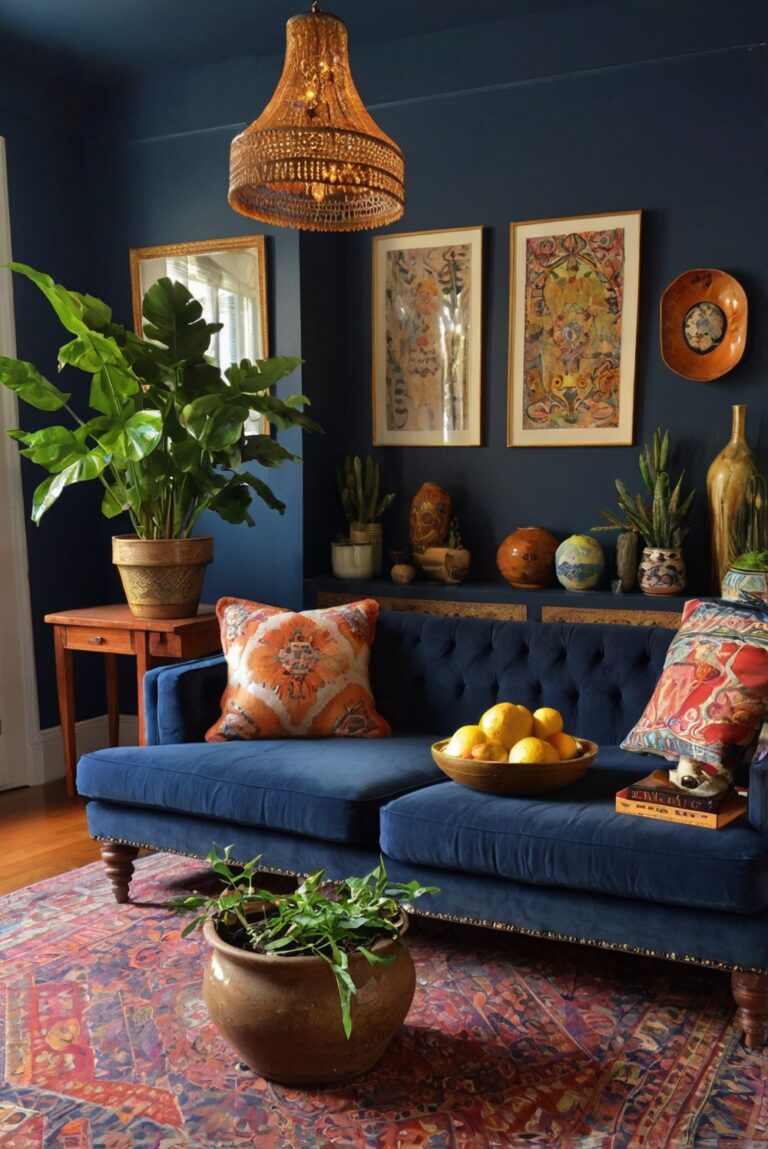How to mix patterns and textures with your living room sofa and decor?
Welcome to your daily interior designer routine! Learn how to expertly mix patterns and textures with your living room sofa and decor for a stylish, cohesive look.
To mix patterns and textures with your living room sofa and decor, start by choosing a color palette that complements your existing furniture and walls. Incorporate a variety of patterns, such as stripes, florals, and geometrics, but make sure they share a common color to tie everything together. Mix different textures like velvet, linen, and leather to add depth and interest to the space. Balance bold patterns with solid colors to avoid overwhelming the room.
Consider the scale of patterns to create a cohesive look, keeping large patterns on larger items like the sofa and smaller patterns on accent pillows or throws. Experiment with layering textures through rugs, curtains, and decorative accents to enhance the visual appeal of the space. Be mindful of the overall balance and harmony in the room to create a welcoming and stylish environment.
Proper space planning is crucial when mixing patterns and textures to ensure that each element has enough room to shine without competing with others. Consider the functionality of the space and how different patterns can enhance the atmosphere. Experiment with different combinations and textures to find the right balance that suits your style and preferences.
When decorating interiors, consider the impact of natural light on colors and textures. Darker textures may absorb light and create a cozy ambiance, while lighter textures can reflect light and make the space feel more open and airy. Make sure to test paint colors under different lighting conditions to ensure they complement your chosen patterns and textures.
Ultimately, mixing patterns and textures in your living room can add personality and character to your home decor. By incorporating a variety of elements that work harmoniously together, you can create a space that is both visually appealing and functional. Experiment with different combinations and don’t be afraid to step out of your comfort zone to create a unique and inviting living room interior.
How to Mix Patterns and Textures with Your Living Room Sofa and Decor?
Understanding Patterns and Textures:
When mixing patterns and textures in your living room, it is crucial to have a clear understanding of what patterns and textures are. Patterns are repetitive designs, such as stripes, florals, or geometric shapes, while textures refer to the feel or appearance of a surface. By combining different patterns and textures, you can create a visually appealing and dynamic space.
Choosing a Dominant Pattern:
Start by selecting a dominant pattern for your sofa or a key piece of furniture in your living room. This pattern will serve as the focal point and anchor for the rest of the decor. Choose a pattern that you love and that reflects your personal style. It could be a bold floral print, a classic stripe, or a modern geometric design.
Layering with Complementary Textures:
Once you have chosen your dominant pattern, it’s time to layer in complementary textures. Textures add depth and dimension to your space, making it more visually interesting. Consider adding a plush velvet throw, a cozy knit pillow, or a sleek leather accent piece to create contrast and balance in your living room.
Creating Cohesion with Color:
When mixing patterns and textures, it’s important to create cohesion with color. Select a color palette that ties all the elements together, ensuring that the patterns and textures complement each other rather than clash. You can use a neutral base color and then add pops of color through accent pieces like throw pillows, rugs, or curtains.
Experimenting with Scale:
Don’t be afraid to experiment with scale when mixing patterns and textures. Play around with different sizes of patterns, from large-scale florals to small geometric prints, to create visual interest. Mixing scales can add depth and movement to your living room decor, making it more dynamic and engaging.
In conclusion, mixing patterns and textures with your living room sofa and decor is a fun and creative way to personalize your space. By understanding patterns and textures, choosing a dominant pattern, layering with complementary textures, creating cohesion with color, and experimenting with scale, you can create a harmonious and visually appealing living room that reflects your unique style and personality.
1. What are some tips for mixing patterns and textures with a living room sofa and decor?
To mix patterns and textures effectively, start by selecting a dominant pattern or texture for your sofa, such as a solid color or a subtle pattern. Then, add complementary patterns and textures in smaller doses through throw pillows, rugs, curtains, and accent chairs. Consider the scale of the patterns – mix large-scale patterns with smaller ones for balance. Additionally, mix different textures like velvet, linen, or leather to add depth to the space. Remember to vary the colors while keeping a cohesive color palette to tie everything together.
2. How can I incorporate different textures into my living room decor?
Incorporating different textures into your living room decor can add visual interest and depth. Start by mixing soft textures like plush pillows or a cozy throw blanket with harder textures like metal accents or wood furniture. Consider incorporating natural textures like woven baskets, jute rugs, or stone accents for a touch of organic warmth. Mixing textures can also be achieved through varying the sheen of materials – pair a glossy coffee table with a matte sofa or a shiny metallic lamp with a textured fabric chair. Experiment with layering textures to create a rich and inviting space.
3. What are some popular patterns that work well together in a living room?
When mixing patterns in a living room, it’s important to balance different scales and styles for a cohesive look. Some popular pattern combinations that work well together include pairing a geometric pattern with a floral print, or mixing stripes with a bold graphic pattern. To create a harmonious space, choose patterns with complementary colors or a common thread that ties them together. Consider incorporating a mix of traditional and modern patterns for a dynamic and stylish look. Experiment with layering patterns through textiles, artwork, and accessories to create a visually engaging and personalized space.
4. How can I mix patterns without overwhelming my living room decor?
To mix patterns without overwhelming your living room decor, start by selecting a cohesive color palette as a foundation. Choose a dominant pattern for your sofa or a large piece of furniture, then mix in smaller-scale patterns in complementary colors. Vary the scale of the patterns to create visual interest without overwhelming the space – pair a bold geometric print with a smaller floral pattern or a subtle stripe. Use solid colors as a neutral backdrop to balance out the patterns and allow them to shine. Remember to edit and layer patterns thoughtfully, keeping the overall look cohesive and balanced.
5. What are some creative ways to incorporate patterns and textures into a neutral living room?
Incorporating patterns and textures into a neutral living room can add depth and personality to the space. Start by introducing patterned throw pillows, area rugs, or curtains in subtle tones like soft blues, muted greens, or warm browns. Mix different textures like velvet, faux fur, or woven fabrics to create a cozy and inviting atmosphere. Consider adding patterned wallpaper or a textured accent wall to make a statement without overpowering the room. Experiment with layering patterns and textures through artwork, accessories, or upholstered furniture to create a visually dynamic and sophisticated neutral living room.

